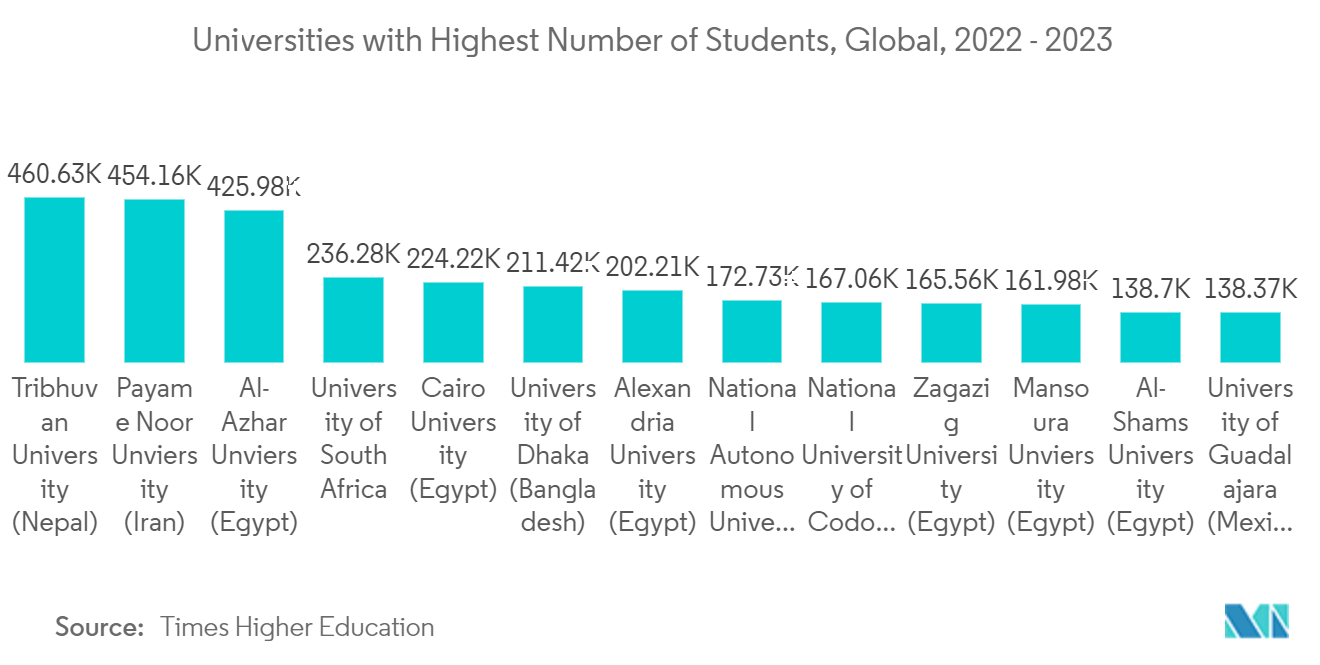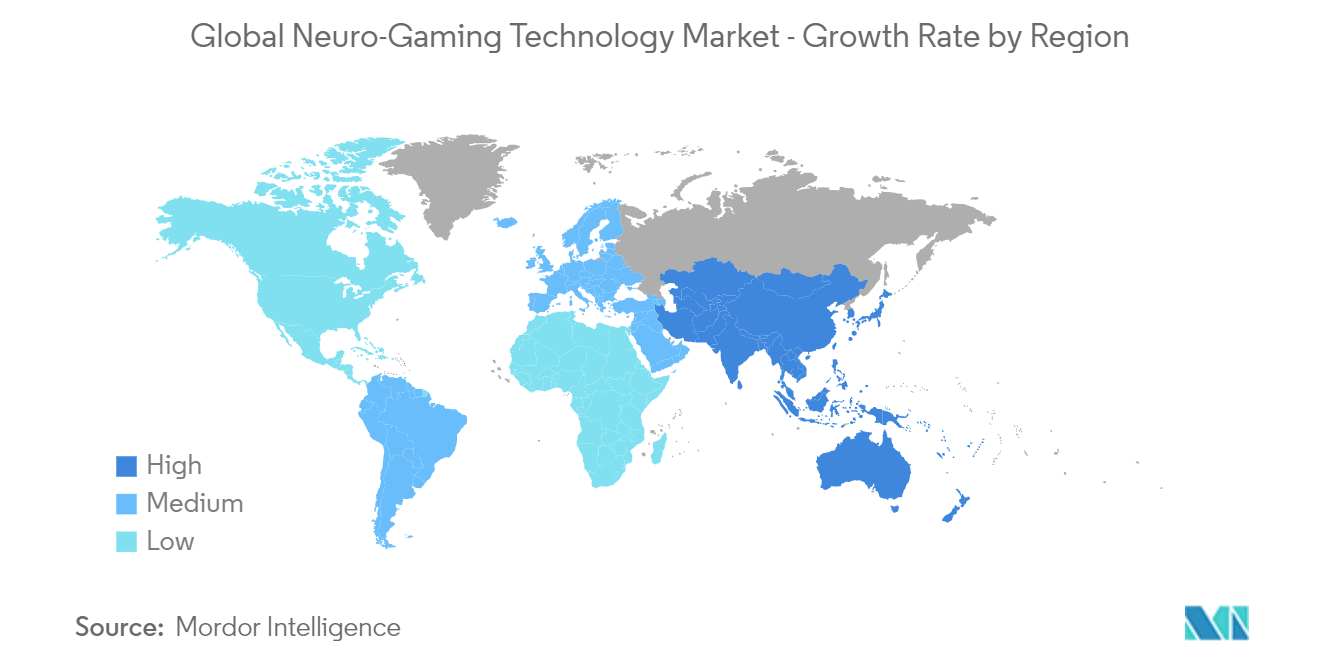Market Trends of Neuro-gaming Technology Industry
Education Segment is Expected to Hold Significant Market Share
- Mind reading or brain-computer interface technologies help improve learning and concentration skills. Additionally, studies have shown how neurogaming technologies can help people with Alzheimer's, ADHD, and other related conditions. Companies such as Neuroelectrics have developed an EEG headset designed to stimulate the brain while playing games to treat problems such as chronic pain and depression. The company claims that its product can also be used for stroke rehabilitation.
- Further, In July 2022, Georgia State University researchers used functional magnetic resonance imaging (fMRI) to discover that gaming could be a useful tool for training in perceptual decision-making. Frequent players of video games showed superior sensorimotor decision-making skills and enhanced activity in key regions of the brain when compared to non-players. The research project involved 47 college-age participants, with 28 categorized as regular video game players and 19 as non-players.
- Similarly, researchers and scientists from Aalto University in Finland are developing a computer game to treat depression. The game requires players to solve challenges in a fantasy city designed to afford a therapeutic benefit, which eases symptoms of depression and improves cognitive performance. The game is currently unsuitable for the elderly, people with severe psychotic depression, or the only treatment form.
- Game-based learning (GBL) "fits" with the nervous system's sensing-thinking-doing functionality as long as it is incorporated into the flow of educational stimuli. Additionally, GBL satisfies the normal "needs" of the brain. The brain's primary need is to stay alive and maintain control. The brain's second requirement is to feel good, which includes having fun, playing, and receiving rewards. The brain's third need is to conserve energy by making things logical and consistent. Learning through games gives the brain a sense of control, delivers enjoyment, play, and rewards, and satisfies the desire to conserve energy by having a logical plot.
- With the increasing number of students and universities across the globe, the necessity of neuro-gaming technology is growing, according to the Times Higher Education, Tribhuvan University in Nepal has the maximum number of registered students in terms of full-time equivalents globally as of the academic year 2022/23, with 460,000 students. Payame Noor University in Iran and Al-Azhar University in Egypt, which came in second and third, had over 425,000 enrolled students. Egypt is home to many universities with the most students in the world.

North America is Expected to Register the Largest Market
- Owing to the early adoption of technologies and the presence of many innovative developers operating in the market, Neuro-Gaming Technology has increased in the region. The increased adoption of video streaming apps on mobile devices and television to watch movies, TV shows, and live events on-demand has aided the Gaming industry in North America.
- Increasing awareness among users and the rise in the adoption of advanced gaming technologies are expected to create new growth opportunities for the players in the neuro-gaming technology market in the region during the forecast period. Psychologists and game developers have been working primarily to create games that can help boost the brain's function and provide therapeutic benefits to all those suffering from depression and other mental health disorders. For instance, Akili Interactive has built a standard iPad game that can measure the differences in brain activity between a normal child and one with ADHD or autism. The game measures 65 different pieces of data every second through the gameplay and collects clear signatures that come out of the game, which can tell exactly the cognitive deficits of the user.
- Further, the market is expected to be spurred by the ability of the technology to integrate real-time brain monitoring to engage and entertain users while maximizing learning efficiency, particularly in children with disorders. The number of children suffering from disorders in the U.S. is rising. Neuro-gaming technology can solve these issues and limit any further transition to more significant problems later in life. For instance, according to The U.S. Center for Disease Control and Prevention (CDC) estimates, one in every seven children (aged two to eight) suffers from a mental, behavioral, or developmental disorder. They also estimated that one in every five children (aged 13 to 18) could experience a severe mental disorder at some point in their lives.
- Canada's gaming enterprises, technologies, and products are witnessing an increasing demand. Multiple key factors, such as technological innovations, consumer preferences for new products, shifts in public perception, and innovations, have driven the expansion of the Canadian gaming industry. This has also attracted interest from international companies wanting to make a strong foothold in Canada. Further, the growth of virtual reality, augmented reality, and haptic sensation systems that aid neuro-gaming technology ensure the market's growth in the region. For instance, in recent years, Red Six Aerospace, Inc. developed an AR platform to train U.S. military aviators in air-to-air combat. Such developments are expected to aid the market's growth in the region.


